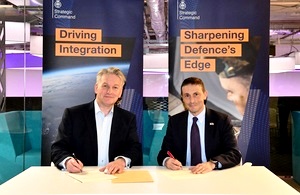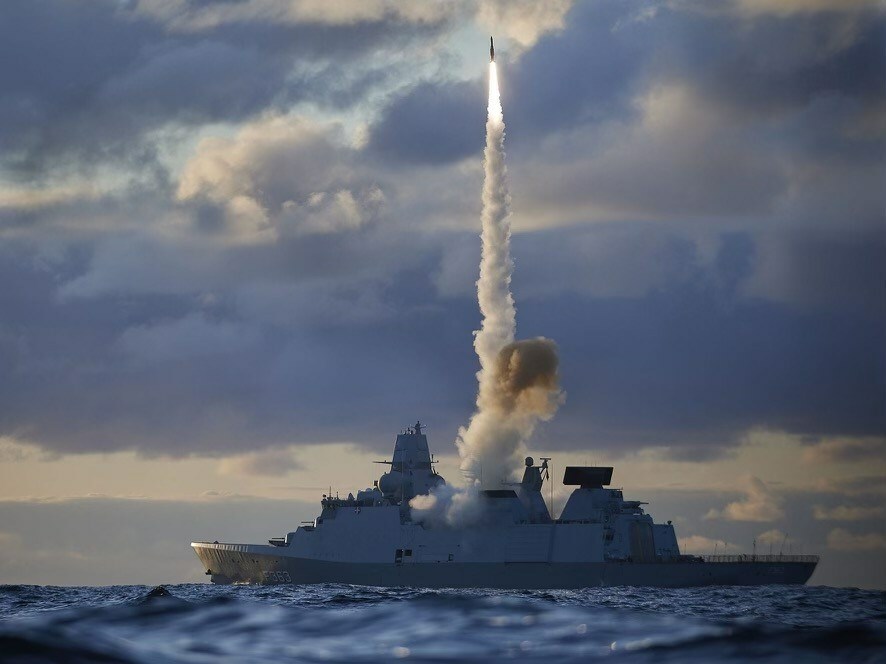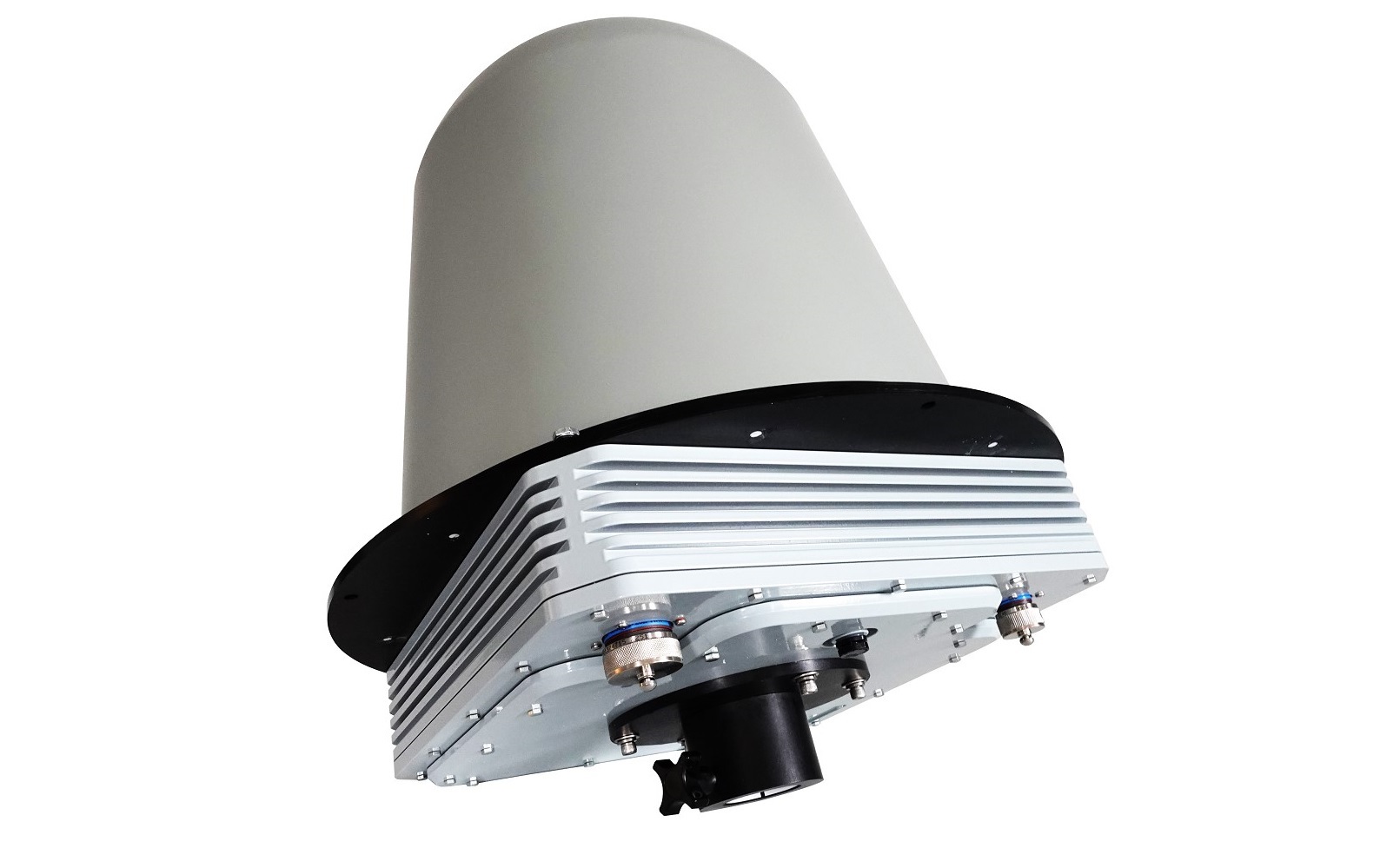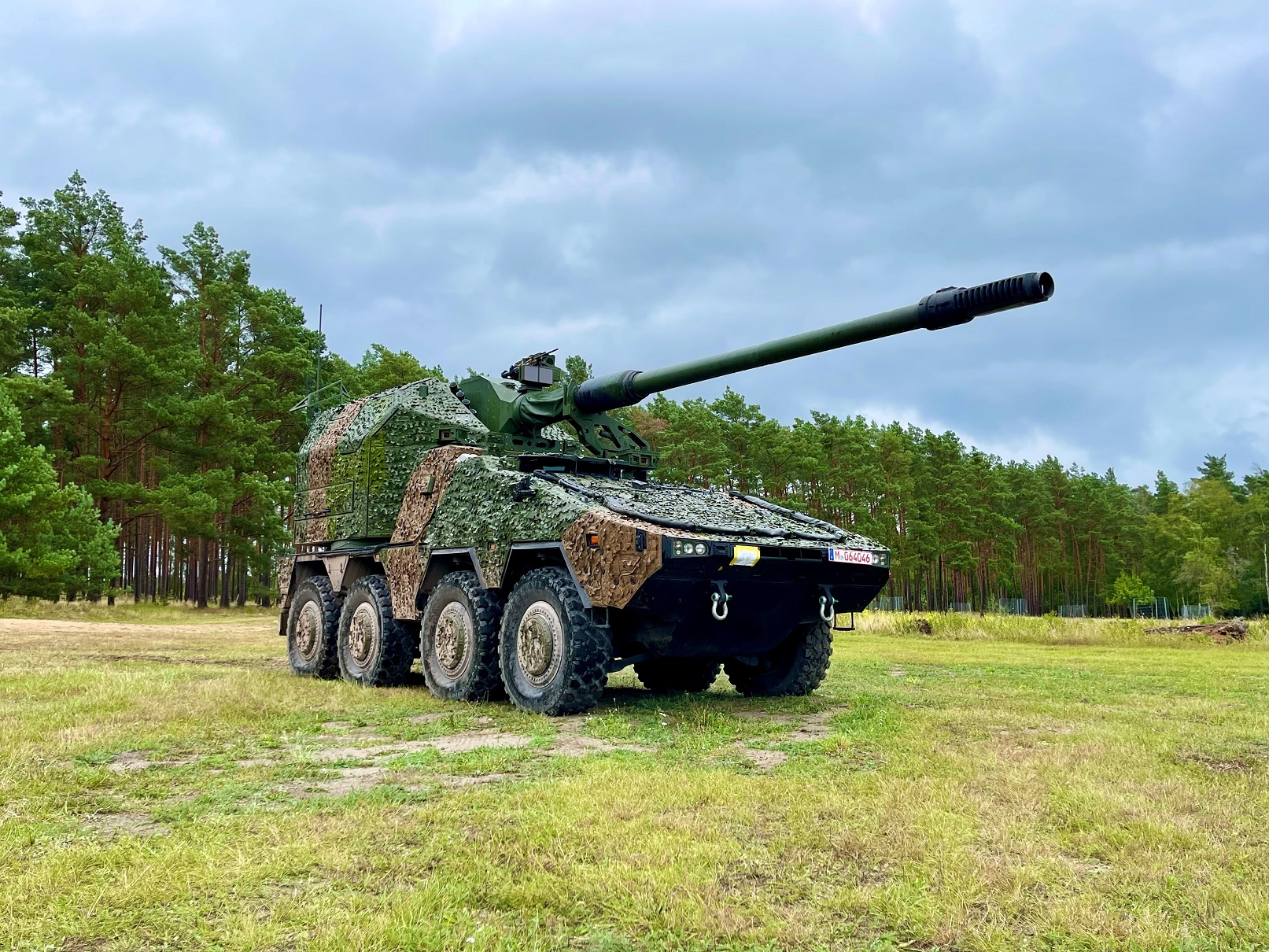Frontline military technology promises battery revolution

Above: A Soldier from 2nd Battalion The Parachute Regiment (2 PARA), observes from a compound roof as soldiers from the Improvised Explosive Task Force, clear the streets of ghost town Char Coucha in Afghanistan (this image was a runner-up in the Army's Photographic Competition 2011). Picture: Sgt Rupert Frere RLC / Crown Copyright UK MoD
BAE Systems developed the patented technology to lighten the load of soldiers carrying rucksacks, which can weigh up to 76kg and be filled with numerous electrical items. The structural batteries store the electrical energy within the physical structure of a device and thus helping to reduce or eliminate the need for traditional batteries, which create weight and bulk, as well as the burden and cost of carrying spares.
The potential scope for this technology is limitless, while the benefits for the defence sector have already been demonstrated in a high tech micro unmanned air vehicle, as well as a rudimentary torch.
To demonstrate the technology’s application beyond the battlefield, BAE Systems have also applied the technology through a partnership with leading race car manufacturer Lola. The Lola-Drayson B12/69EV, zero emission 850 horsepower Le Mans Prototype car will incorporate structural batteries to power some of the on-board electronic systems. Upon completion, the Lola-Drayson B12/69EV aims to become the world’s fastest electric racing car.
Alex Parfitt, Capability Technology Leader for Materials at BAE Systems said: “Structural batteries can be used in virtually anything that requires electricity from small gadgets to entire vehicles. It can not only support our soldiers on the frontline, but also revolutionise technology in the consumer market by allowing more efficient, elegant and lighter designs.”
To develop this technology, scientists at BAE Systems merged battery chemistries into composite materials that can be moulded into complex 3D shapes and so form the structure of the device itself. It can then be plugged in when it needs recharging or utilise renewable power sources, such as solar energy.
The process makes use of nickel-based battery chemistries, which are commonly used in defence technology and future developments will allow integration of Li-ion and Li-Polymer chemistries found in consumer electronic products such as mobile phones, MP3 players, laptops, tablets and portable games. This will not only lead to improved product designs, but eliminating the need to buy batteries will reduce the lifetime cost to the consumer, as well as having environmental benefits.
Current development has demonstrated the ability to store useful energy in composites such as carbon fibre and glass reinforced plastic, but in the future it could also be incorporated into fabric for a wide range of lightweight applications, from tents with their own power supply to making electric blankets a literal reality.













